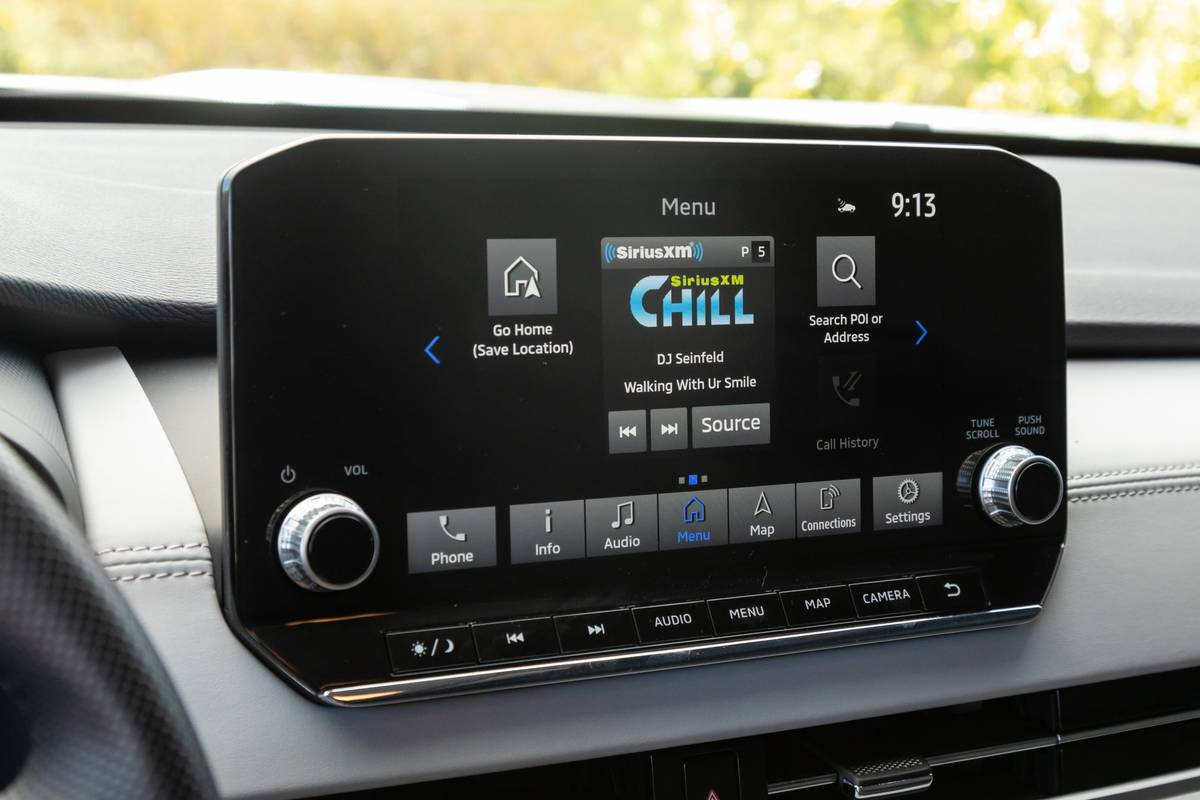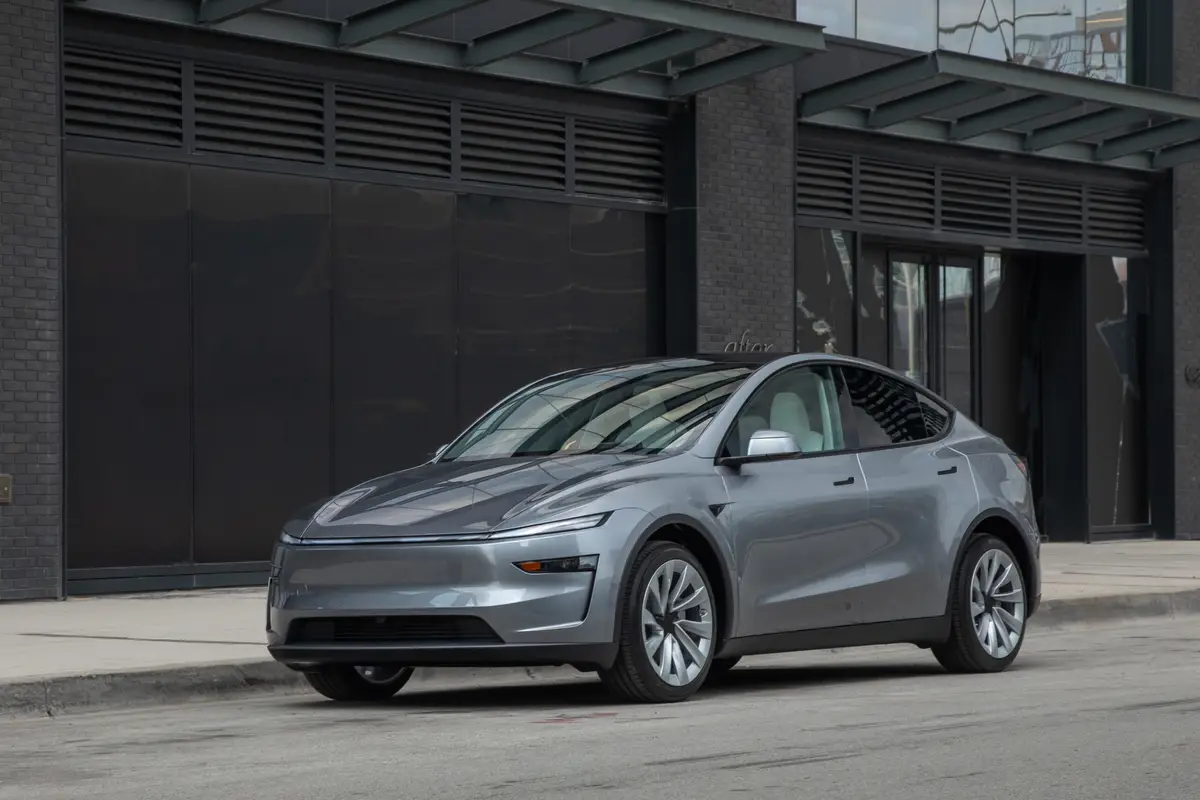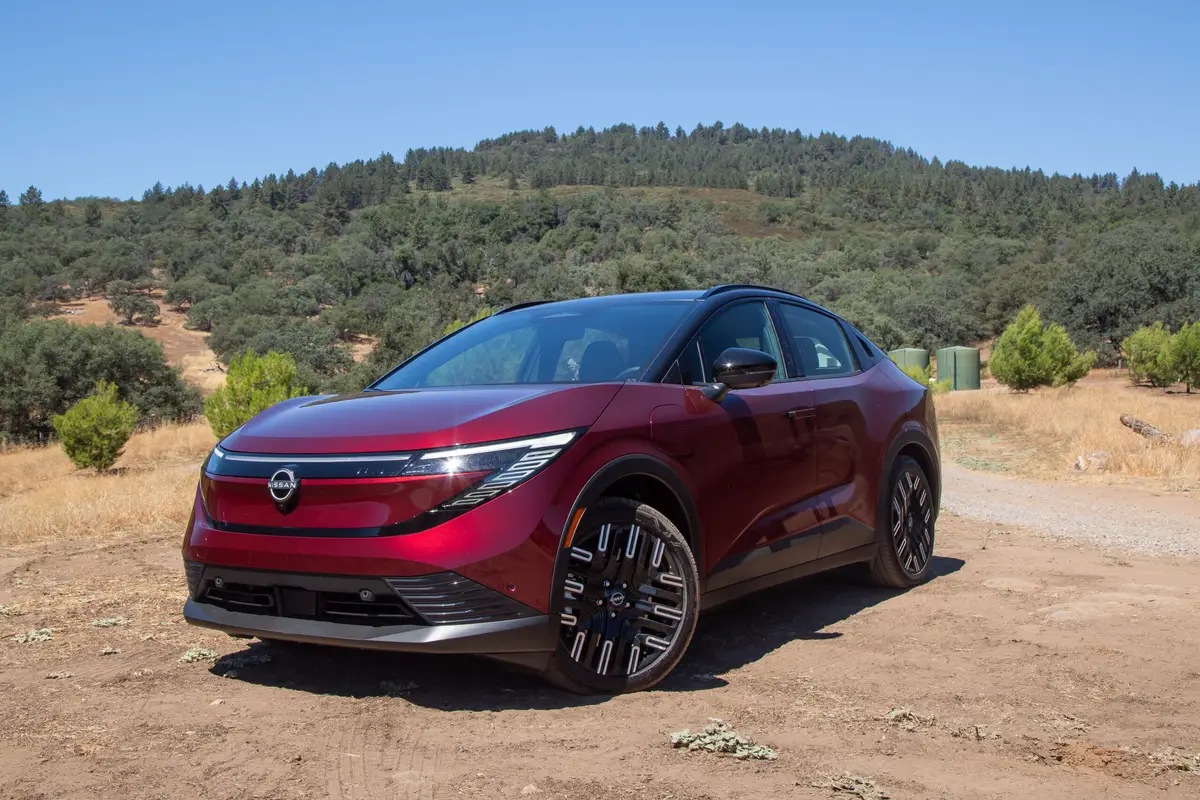What Are the Best Perks of Buying a CPO Car?


Whether to buy a new or used vehicle is one of the most important decisions in the car-buying process. Should you go with a new vehicle for peace of mind or buy a used one to save money? A certified pre-owned vehicle can balance the equation. It mitigates the risk of buying a used car, and prices are typically lower compared to a new vehicle. Brands advertise a long list of additional perks for their CPO programs, but the key benefits fall into two main categories: more confidence in the vehicle and financial rewards.
Related: Are Certified Pre-Owned Cars Worth It?
CPO cars are typically late-model-year vehicles with lower mileage and warranty coverage that lessen some of the uncertainty associated with buying used. Extras like roadside assistance and satellite radio trials are often bundled into CPO programs to sweeten the deal. The perceived value of each perk depends on your primary goal, whether it’s to reduce risk or save money. Here’s how CPO benefits break down based on these categories.
Less Risk, More Confidence
Choosing a CPO vehicle doesn’t guarantee you’ll get a car with a squeaky-clean past, but it can reduce the chance of problems down the road. CPO vehicles usually have strict mileage and age eligibility requirements, must pass a multipoint inspection, and typically include bumper-to-bumper and powertrain warranties. Most automakers set mileage limits for CPO cars that range from 60,000 to 80,000 miles, and the typical vehicle age cutoff is 5 to 6 years. (An exception is Honda and its Acura luxury brand; both have extended their CPO programs to older vehicles.)

Multipoint Inspection
While filtering out older, high-mileage cars is a good start, a multipoint inspection will give you the best insight into the vehicle’s current condition. Each brand sets its own criteria for the inspection. Most include 100-plus checkpoints for the status of the engine, transmission, suspension, brake pads, tires and more. If any of the criteria aren’t met, the issue must be repaired before the car is certified. When comparing CPO programs, it’s important to look at what’s actually included in the inspection, not just the total points.
For example, GM’s 172-point inspection illustrates the vehicle history, maintenance and road-test checklist that must be completed by a mechanic before the vehicle is certified. These inspections are included as part of the CPO program and performed before the car even goes on sale, so it’s also worth factoring in the time, money and legwork you’ll save on a pre-purchase car inspection for a non-certified used vehicle.
Although the multipoint inspection provides some peace of mind, it’s not foolproof. There’s no guarantee that the mechanic didn’t miss something or the vehicle was well maintained by its previous owner.
Warranty Coverage
One of the most valuable perks of a CPO vehicle is warranty coverage. Most programs include a powertrain and comprehensive warranty that extends the car’s factory warranty or add one on if the new-car warranty has expired. While powertrain warranties cover only the transmission, engine and drivetrain, comprehensive warranties cover everything from brakes and electrical systems to the car’s suspension.
A CPO warranty comes with pros and cons. Compared to a stand-alone extended warranty, a CPO warranty is more dependable since it’s backed by the brand, not a third-party company that might go out of business. It’s also included in the CPO vehicle’s price, not a separate policy that you have to pay for on top of the total price of the car. However, normal wear-and-tear repairs are usually excluded, and the covered repairs can only be completed by the brand’s participating dealerships, which may be inconvenient.
Cost Savings Vs. New Cars
In addition to the benefits of an inspection and warranty, a CPO vehicle offers cost savings compared to buying new. The average advertised price among Cars.com dealers for CPO vehicles was $37,507 through the third quarter of 2024; alternatively, new vehicles averaged $49,144 for the same time period. Shoppers looking to avoid paying sticker price (or more) for a new car can purchase a CPO vehicle as a more affordable option.
The potential cost savings of CPO only apply to shoppers deciding between a new or certified vehicle. Budget-conscious shoppers can also consider a non-certified used car for more substantial savings; in the third quarter of 2024, the average advertised price for all non-certified used vehicles among franchised Cars.com dealers was $27,872. The large price gap between CPO and non-certified used cars is partially due to the latter group including all used-car model years, unlike CPO vehicles that are mainly newer models.
More From Cars.com:
- Can You Negotiate Price on a Certified Pre-Owned Car?
- Can a CPO Car Help You Get a Better Auto Loan Rate?
- Should You Buy a CPO Electric Car?
- Shopping for a CPO Car? Here’s What You Need to Know
- Search CPO Cars
Financing Deals
A lower financing rate is another possible perk of going with a CPO car, but it only applies to shoppers with good credit. Automakers’ CPO financing rates are often comparable to new-car rates, and both are significantly lower than non-CPO used-car rates. According to a recent Experian report from the second quarter of 2024, the average new-car loan rate was 6.84%, while the average used-car rate was significantly higher at 12.01%.
Some automakers offer financing rates that are well below that used-car average for their CPO vehicles. For example, at the time of this writing, Ford lists 5.49% APR for 60 months for electric CPO vehicles and 5.99% APR for 60 months on select other CPO vehicles; BMW offers no payments for three months or 3.99% APR for up to 36 months, depending on the model; and Honda offers 1.99% APR for 36 months for select CPO models. These deals are only available to well-qualified shoppers who finance through the respective automaker.

Bonus Perks
Along with big-ticket benefits like warranty coverage, many CPO programs bundle in a plethora of extra perks. Examples include complimentary roadside assistance, oil changes, SiriusXM and OnStar trials, dealer exchange policies and courtesy transportation services. While most of these perks are relatively inexpensive and can be purchased independently, the dealer exchange policy is a more exclusive offer.
CPO Exchange Policy
Though it’s not widely available, several brands offer an exchange policy that allows shoppers to swap their recently purchased CPO vehicle for another one within a certain time and mileage limit. For example, Acura offers a seven-day/300-mile exchange policy; Mercedes-Benz gives shoppers up to seven days/500 miles to exchange; and GM offers a three-day/150-mile exchange window for CPO cars.
The dealer exchange program is a unique benefit among the extra perks; exchanging a new or non-certified used vehicle is typically not an option.
Related Video:
Cars.com’s Editorial department is your source for automotive news and reviews. In line with Cars.com’s long-standing ethics policy, editors and reviewers don’t accept gifts or free trips from automakers. The Editorial department is independent of Cars.com’s advertising, sales and sponsored content departments.

Former News Editor Jane Ulitskaya joined the Cars.com team in 2021, and her areas of focus included researching and reporting on vehicle pricing, inventory and auto finance trends.
Featured stories

Should Tesla Model Y Owners Get the New 2026?


2026 Nissan Leaf Review: Value Victory


